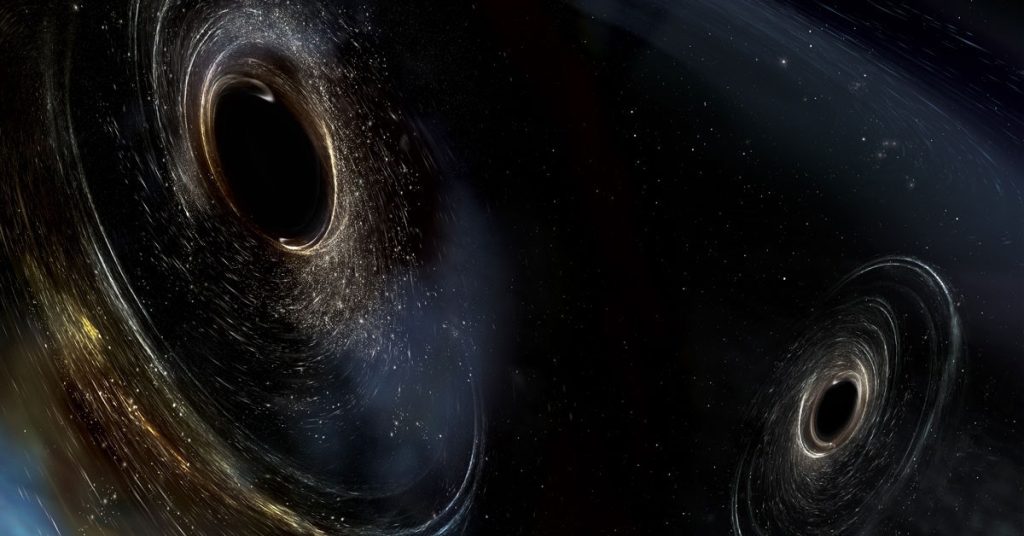In our galaxy, the Milky Way, this happens several times in several million years. But if you look further into the universe, to distant galaxies, then several times a year two black holes collide with a huge explosion, melting them and sending a huge amount of gravitational waves into the universe.
Like the rotating top on the table, black holes also have an axis of rotation, which can have different directions relative to each other.
Since the first measurements in 2015, scientists have wondered what determines the direction of the spin axis of black holes when two of them collide.
A surprising new theory now suggests that the direction is completely random when a black hole forms into a supernova.
Changing course through origin
The theory has been laid out in a new study in the journal Astrophysical Journal.
According to author Thomas Torres, professor of theoretical astrophysics at Aalborg University in Denmark, about 100 collisions between two black holes have so far been recorded. In his research on these collisions, Torres looked in the direction of the black holes’ axis of rotation.
“What has been difficult to understand until now is how the two black holes’ spin axes are related to each other,” he says.
“I’ve found that when massive stars die in a supernova explosion, the resulting black hole’s rotation axis appears to flip in a random direction.”
Thomas Torres used computer simulations of millions of supernovae in binary systems or double galaxies to simulate the rotation axis of black holes.
Torres came up with the idea that the spin axis is “inverted” in a random direction during the formation process of neutron stars, where the same phenomenon appears.
When he compared his simulations with measurements from European American LIGO/Virgo detectors, which can measure gravitational waves emitted during the collision, he saw that they matched each other.
I was quite surprised that the simulation matches the measurements so well. It’s basically a very simple statement – and simple statements that can reproduce data are often proven to be true. However, it doesn’t prove anything at all.”
We don’t know much yet
According to Thomas Torres, the theory may be a small part of the great cosmic puzzle that is now beginning to emerge. He believes that science in general can provide answers to the universe’s greatest questions: Where did we come from? How does the universe work? What are the mechanisms that control nature?
You might be wondering: Why would anyone really care about the direction of a black hole’s spin axes at a time of bustling inflation and war in Europe? But from my point of view, it’s about seeing things in a bigger picture.”
Black holes are interesting because they are mysterious things in our universe that we don’t understand much about. We have no idea what happens after the event horizon (the point that defines the boundaries of a black hole, red.). no information. That’s why they are so special. Because all known physics simply ceases to exist when we stand behind the event horizon,” he says.
The next step, Thomas Torres says, is to look at data from more black hole collisions so we can learn more about the phenomenon in which a black hole changes its rotation path – seemingly in a completely random direction – as it forms. Supernova.

“Total coffee specialist. Hardcore reader. Incurable music scholar. Web guru. Freelance troublemaker. Problem solver. Travel trailblazer.”







More Stories
GALA lacks a chapter on e-health
Weird beer can taste really good.
Planets contain much more water than previously thought